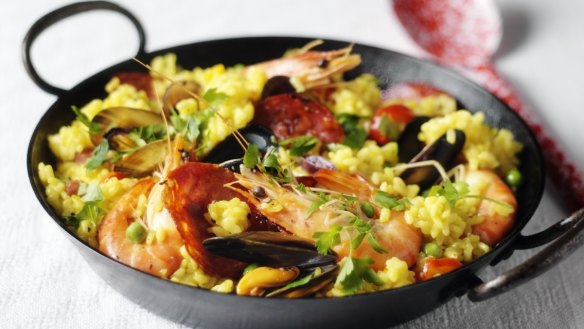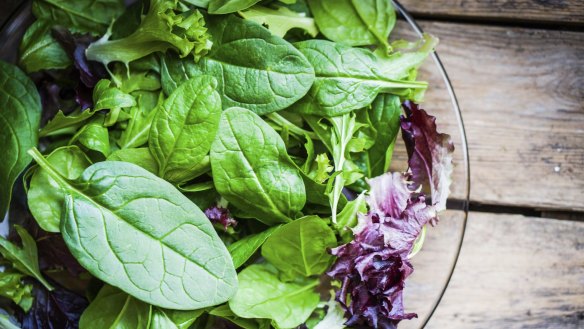Do I need to remove the skins from broad beans?
Do I need to remove the skins from broad beans? K. Lucas
Think of the broad bean has having three lives and an afterlife. When they are young and small, say about the size of up to a fingernail, broad beans are young and tender and can be eaten from the pod raw as a snack, added to salads or simply sauteed in a little butter to warm them through.
When they are larger than this but with a smooth, tight skin they can be steamed or quickly boiled to soften the flesh and skin then refreshed in cold water and added to dishes from there. When the skin begins to wrinkle it becomes tough and bitter and then it is a good idea to remove the skins after cooking them. The afterlife is the fava beans, what we refer to as dried broad beans.
The ancient Greeks believed that the souls of the dead migrated to fava beans, hence the wind and foul smell after being eaten. Some people have trouble digesting the starch in the beans, which causes wind. Some people from or with a Mediterranean background suffer from a an unusual genetic disorder called favism that causes an allergic reaction and in some cases a blood disorder. Dried broad beans were a staple in the ancient world and together with whole grain such as barley or farro delivered all the amino acids needed for a healthy diet where meat was scarce.

Can I use Arborio rice to make paella? D. Barrington
I could be jamon-whipped by ardent Spanish nationalists for saying this, but it is possible to make a half decent paella using Arborio rice. Arborio rice is a medium-grained variety that was developed in Northern Italy after it was established as a crop there in the 1400s.
Arborio rice is for risotto; constant stirring breaks off small particles of starch from the surface, which thickens the stock for a creamy texture. Because of the starch structure, the rice can turn mushy when overcooked. Paella is usually made with a medium-grained rice called bomba which has more amylose starch than Arborio, allowing it to keep its shape and slightly al dente texture when done.
If you cannot find bomba rice, you can use Arborio rice, but once it is added to the pan stir once and never again. Cook until rice has absorbed the stock and then test. The rice should be still a little al dente. Remove, cover, rest, drink and enjoy.

How do I stop my home made salad dressing from wilting my greens? L. Jago
Funnily enough it is the oil in your dressing that is causing flaccid lettuce and less than tumescent rocket. The oil dissolves the waxy layer on the leaf which allows moisture to escape.
Dress, toss, and serve your greens straight away and wilting will never be your problem, but leave it more than 30 minutes and limpness may occur. Mustard, honey or egg yolk mayo will act as a surfactant and help keep your oil and vinegar mixed together in an emulsion after you shake them together.
Have you got a vexing culinary question? Send them to Richard Cornish at: brainfood@richardcornish.com.au
